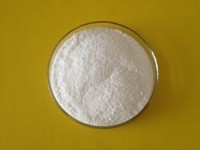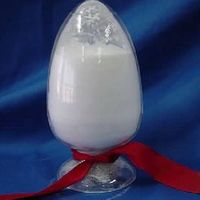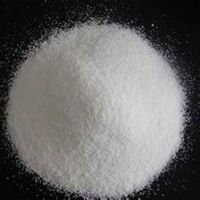TB500(Thymosin Beta) 2mg/vial jeana@yccreate.com
Product Quick Detail
- Place Of Origin
- China (Mainland)
- Minimum Order
- 10
- Packaging
- As you require
- Delivery
- 4~7Days
Specifications
- Country: China (Mainland)
- Business Type: pharmaceutical intermediates, Oral/Injectable Steroids, Peptides Anesthetic
- Market:Americas,Europe,Oceania,Asia
- Founded Year:2009
- Address:No.496 Zhongshan Road, Wuchang District, Wuhan, Hubei
- Contact:Jeana Lee
Other products from Wuhan Yuancheng Technology Co., Ltd
Relate products of TB500(Thymosin Beta) 2mg/vial jeana@yccreate.com
1. Beluga Chemical has a professional RESEARCH and development team and strong technical force to ensure technical support and research capabilities. 2. Made in China and exported to many countries and regions at the most favorable price. 3、Our customers all over the world ...
TB500(Thymosin Beta) 2mg/vial Product description: TB500 Peptides Powder Sequence: Ac-Ser-Asp-Lys-Pro-Asp-Met-Ala-Glu-Ile-Glu-Lys-Phe-Asp-Lys-Ser-Lys-Leu-Lys-L ys-Thr-Glu-Thr-Gln-Glu-Lys-Asn-Pro-Leu-Pro-Ser-Lys-Glu-Thr-Ile-Glu-Gln-Glu-L ys-Gln-Ala-Gly-Glu-Ser-OH Cas No.: ...
TB500(Thymosin Beta) 2mg/vial Product description: TB500 Peptides Powder Sequence: Ac-Ser-Asp-Lys-Pro-Asp-Met-Ala-Glu-Ile-Glu-Lys-Phe-Asp-Lys-Ser-Lys-Leu-Lys-L ys-Thr-Glu-Thr-Gln-Glu-Lys-Asn-Pro-Leu-Pro-Ser-Lys-Glu-Thr-Ile-Glu-Gln-Glu-L ys-Gln-Ala-Gly-Glu-Ser-OH Cas No.: ...














